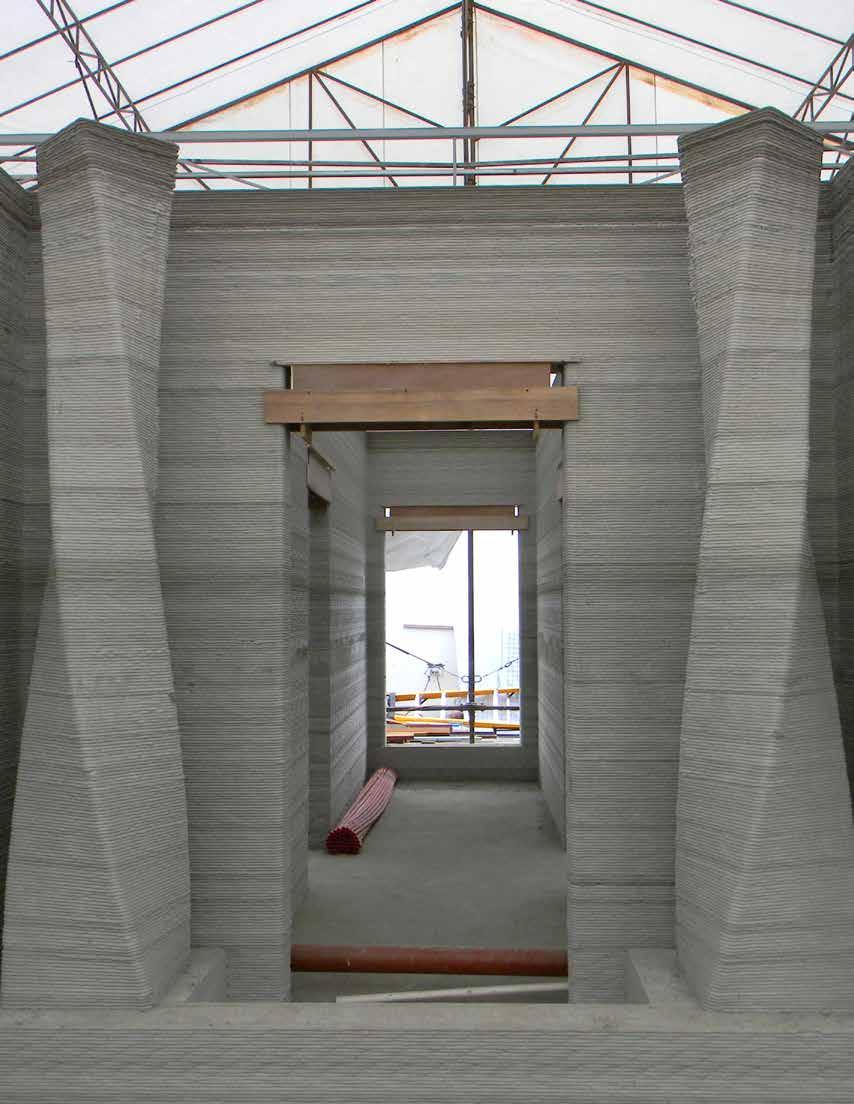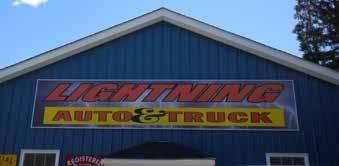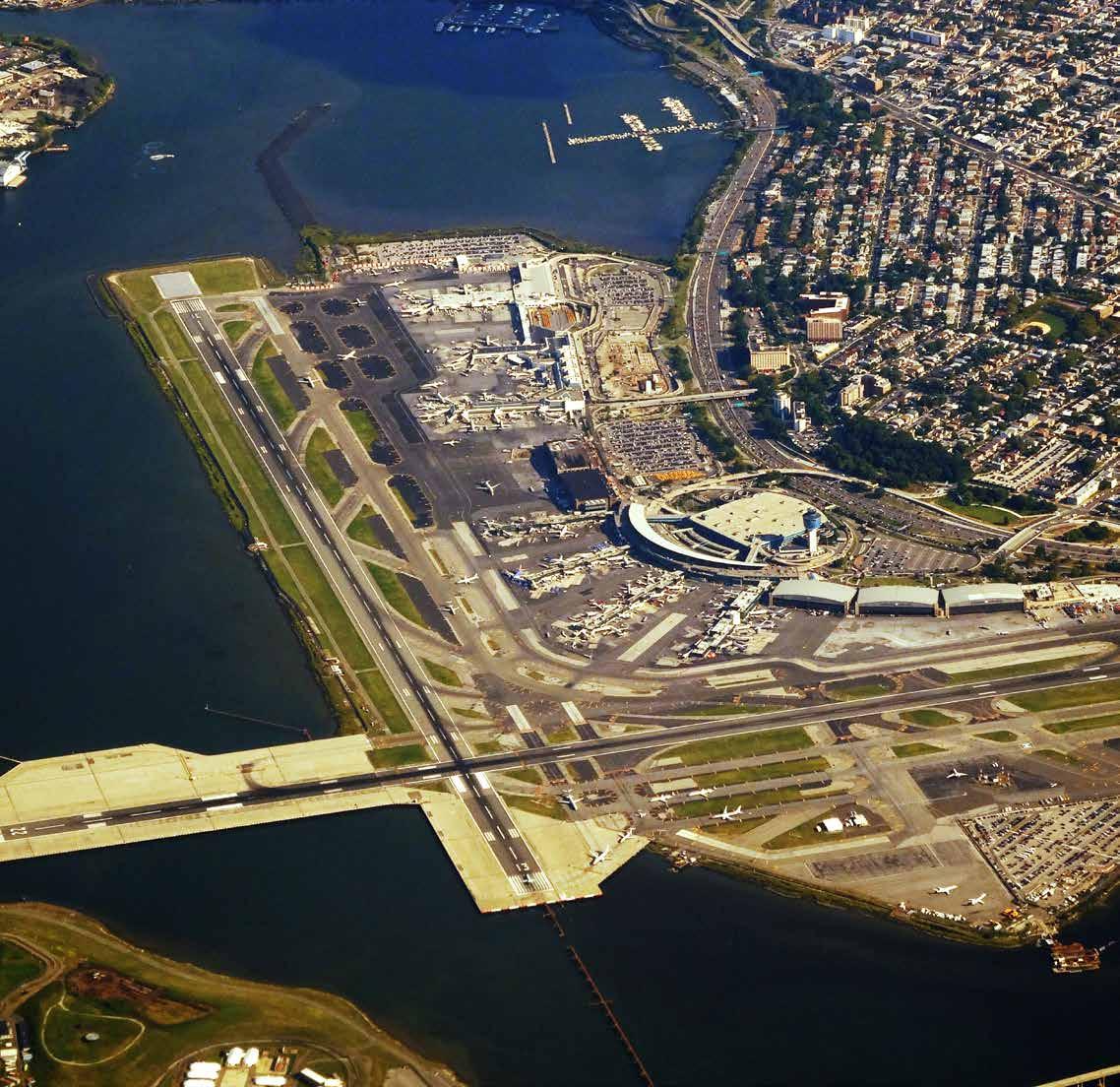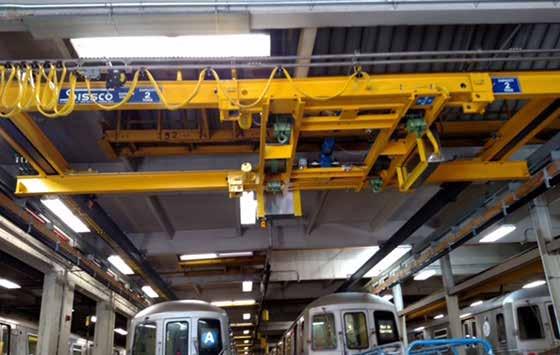HALMAR EQUIPMENT FROM THE YARD
Accordning to a NY Times article published on August 17th, 2016 “The Obama administration on Tuesday issued aggressive new emissions standards for heavy-duty trucks. The rules are expected to achieve better fuel efficiency and a bigger cut in pollution than the version that was first proposed last year. Officials said the new standards would require up to a 25 percent reduction in carbon emissions for big tractor-trailers over the next 10 years, and somewhat smaller improvements for delivery trucks, school buses and other large vehicles. Over all, administration officials said the new rules would cut 1.1 billion metric tons of carbon emissions through 2027 and represent a global benchmark for reducing vehicle-exhaust pollutants linked to climate change. The carbon-reduction target is 10 percent more than when the rules were proposed last year, and was made tougher after a public comment period.” (http://www.nytimes.com/2016/08/17/business/ energy-environment/epa-truck-emission-sta dards.html?_r=1)
for 3D printing and specifically that with concrete, leading to a market projected to be worth $56.4 million by 2021. Leading the pack will be Asia Pacific. The research company sees this region as growing the fastest, offering the biggest demand, and being open to the use of the technology and materials. High incomes with disposable cash will obviously propel 3D printing with concrete in construction along. Not surprisingly, China is expected to be the fastest growing country for the use of 3D printing with concrete from a global perspective,
HIWAY | 26
with all the elements in place: government interest and encouragement, standardization efforts, growing need, developing technologies, and, of course, an awareness of the new tools, materials and all the benefits that can be found in using them. Obvious obstacles to be considered are that of the amount of investment capital this technology can require—not to mention research and development—along with understanding how to use the hardware and put automation techniques into motion.
The study was meant to answer questions for stakeholders and potential investors, allowing them to understand which markets should be focused on for ‘prioritizing efforts and investments.’ The target audience for the reports includes raw materials suppliers, 3D concrete printing manufacturers, equipment manufacturers, real-estate agents, consulting firms, and more. For more information on this study, see Research and Markets. Discuss further in the 3D Concrete Printing Industry forum over at 3DPB.com.
As new emission requirements come into play within our industry, it is now critical to either add Diesel Exhaust Fluid (DEF) or Regenerate the Diesel Particulate Filter (DPF). We are finding that a great many of our operators and even superintendents do not understand or are not even aware of having to do so with the
newer machines. In order to get a get acclimated with this change in our industry we would like to implement and ‘Operator Awareness’ or vendor led instructional demonstration on the importance of and procedure to comply to these requirements in an effort to eliminate potential and unnecessary downtime. Acronyms Defined (Courtesy of Wikipedia): A diesel particulate filter (or DPF) is a device designed to remove diesel particulate matter or soot from the exhaust gas of a diesel engine. Wallflow diesel particulate filters usually remove 85% or more of the soot, and under certain conditions can attain soot removal efficiencies approaching 100%. Some filters are single-use, intended for disposal and replacement once full of accumulated ash. Diesel Exhaust Fluid (DEF), is a solution made from 67.5% purified water and 32.5 percent automotive-grade urea that serves as a carrying agent for the ammonia needed to reduce nitrogen oxide (NOx) emissions from diesel engines. When DEF is injected into the engine exhaust gas, downstream of the DPF, it will be rapidly hydrolyzed producing the oxidizing ammonia needed by the SCR catalyst to complete NOx emissions reductions. DEF begins to freeze at 12 degrees Fahrenheit (-11 degrees Celsius), manufacturers are incorporating a heating system to prevent this.
SMALL TOOL TRACKING Small tool tracking is an issue on any jobsite in the construction industry. It is a challenge that will be met with aggressive measure to ensure more control in the future. We will be looking into updating our tracking/ maintenance systems for small tools in the coming year. We are currently looking into various GPS and RFID tracking systems to help simplify and regulate small equipment purchases between projects.
HIWAY | 27





